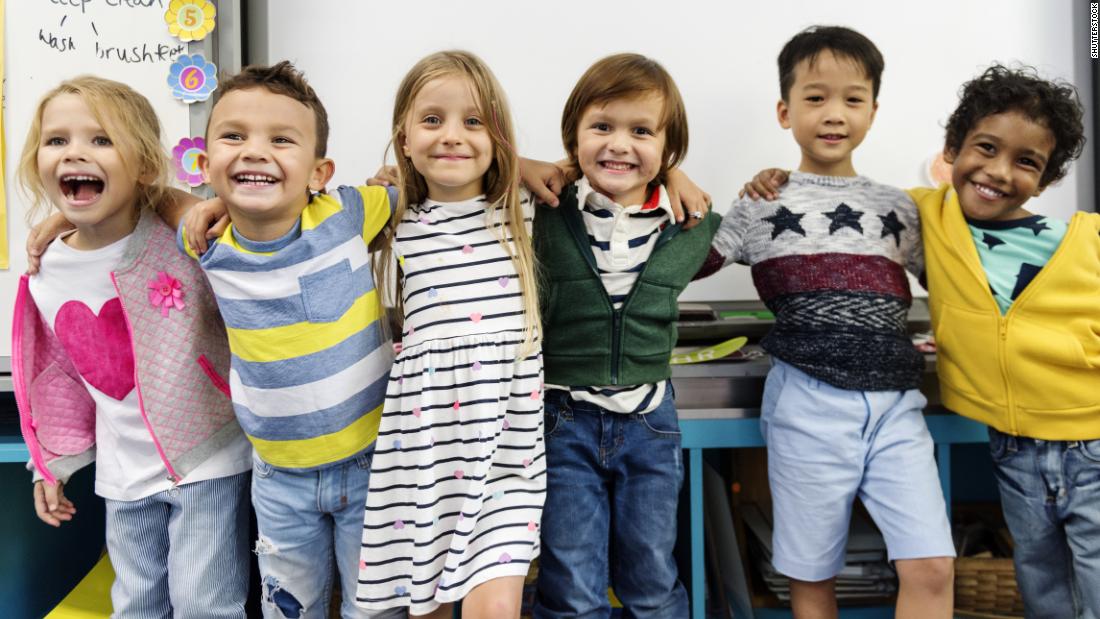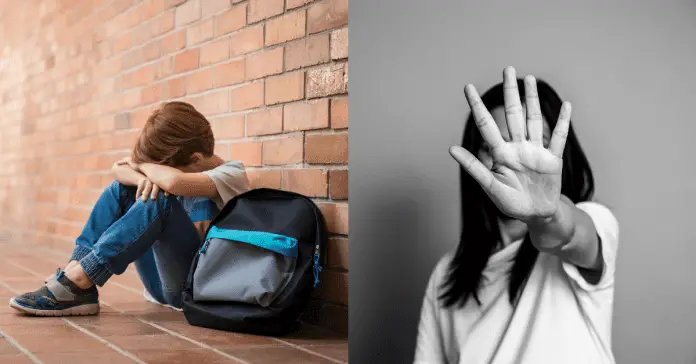Bullying is nothing new to us. In fact, it’s been around longer than we have, and despite everyone knowing a thing or two about it, it still happens. Till today, we don’t seem to be getting anywhere closer to a solution. Perhaps some view bullying as a phase, or a part of growing up. Perhaps some have been bullied, and have bullied other people, and they turned out just fine. Based on research, we’d say these are the lucky ones. Bullying is a cycle, and there could be more devastating, long-term effects than you know.
What Is Bullying?
It can be quite difficult to put a finger on the exact definition of “bullying” as a lot of behaviour can fall under it, but here’s what we learned. Bullying occurs when there is ongoing unwanted, deliberate, and aggressive behaviour towards another person (or persons) who feels helpless in the situation. In other words, to be considered as “bullying”, the behaviour is repeated (or has the potential to be repeated), there is an imbalance of power and the behaviour is intended to cause harm. There are many types of bullying, which we will look at later. However, it’s equally important to know what is not bullying.

What Is Not Bullying?
As mentioned above, bullying is repeated or ongoing behaviour. Therefore, any single or random episodes of aggression, rejection and otherwise hostile behaviour isn’t considered bullying. If it’s a one-off, it’s not bullying. Mutual disagreements or fights (whether repeated or not) isn’t considered bullying as well. Remember, bullying occurs when there’s an imbalance in power i.e. where one party feels overpowered by the other, and feels helpless about it.

Types Of Bullying
We’ll keep it simple here. There could be really specific forms of bullying due to prejudice towards a certain group of people including racial and sexual bullying, but generally, here are the “basic” types of bullying.
Phyical Bullying: Physical assault such as hitting, kicking, punching, slapping, hair-pulling etc. and damaging property.
Verbal Bullying: Name-calling, insulting, teasing, intimidating, otherwise giving discriminating remarks and verbal abuse.
Social/Emotional Bullying: Also known as covert bullying; lying and spreading rumours, playing nasty jokes to embarrass or humiliate, manipulating situations and damaging someone’s social reputation or acceptance.
Cyber Bullying: Abusive or hurtful texts, emails, posts, images, videos; excluding others online; spreading gossip or rumours and imitating someone online or hacking into another person’s account. Any bullying done through the use of electronic devices and/or digital technology is considered as cyber bullying.

The Effects Of Bullying
Bullies usually occur among kids and/or teens, and if not handled properly, it can have long-lasting effects well into adulthood, possibly creating a new cycle of bullies. Here are some effects of bullying, both on the bully and the victim.
Victim:
- Decreased academic achievement & school avoidance
- Increased feelings of sadness, loneliness & shame
- Anxiety, depression & anxiety disorders
- Low self-esteem
- Self-destructive behaviour e.g. self-harm
- Substance abuse
- Post-traumatic stress disorder (PTSD)
- Difficulty establishing trusting, reciprocal friendships & relationships
- Suicidal thoughts
Bully:
- Substance abuse
- Violent behaviour
- Increased risk of truancy/dropout
- Mental health disorders
- Antisocial behaviour
- Increased risk of being abusive (in future relationships)
- Less likely to be educated/employed
- Difficulty maintaining social relationships

The Bullying Cycle
The thing about bullying is that bully victims often rise up to be bullies themselves. They bully others weaker than them, because they themselves have been bullied. Subconsciously (or maybe consciously), this is a way for them to regain a sense of power and control in their lives. In relation to the above, a small number of victims retaliate through extremely violent measures i.e. the school shootings. It seems obvious to not let bullying get out of hand till drastic retaliations happen, but it happens anyway. Extending kindness is at the core of it all. There are steps you can follow in breaking a bully cycle, but essentially your actions should come from kindness. Don’t let a bully victim become a bully. Don’t let bullying negatively affect a person’s whole life, and others. It’s time to stop.
















